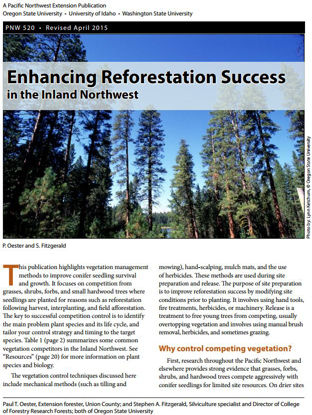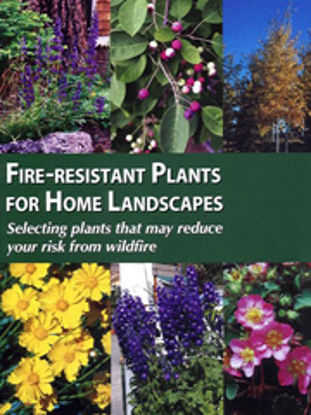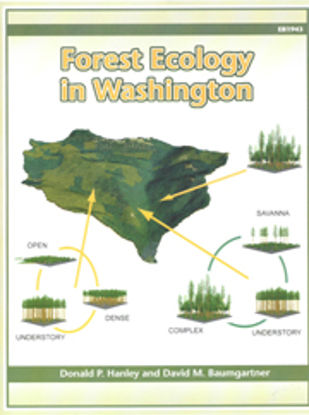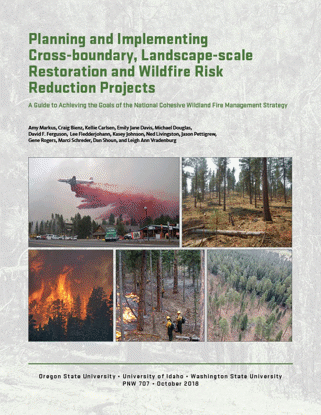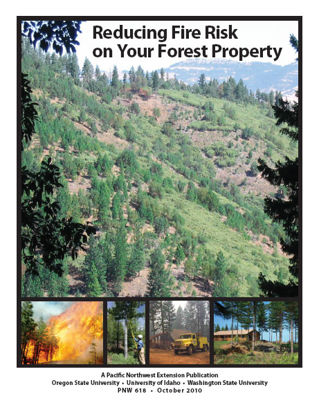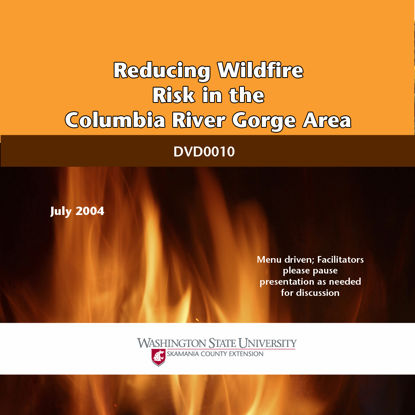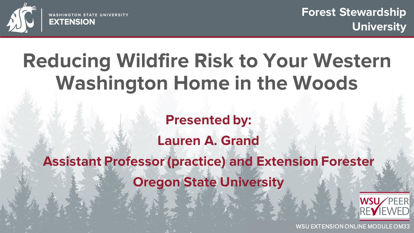You have no items in your shopping cart.
Wildfire
Wildfire
Enhancing Reforestation Success in the Inland Northwest
Vegetation control techniques to improve conifer seedling survival and growth are described and compared for common area-specific forest competitors. Mechanical methods (such as tilling and mowing) ...
$0.00
Fire-Resistant Plants for Home Landscapes
As homeowners continue to build in the wild and urban interface, they must take special precautions to protect their homes. One way to do this is to create a defensible space around the home.
$3.00
Forest Ecology in Washington
Forests are complex. Their ecosystems include living and nonliving components. Forest ecology deals with virtually everything relating to the forest as a whole.
$9.35
Planning and Implementing Cross-boundary, Landscape-scale Restoration and Wildfire Risk Reduction Projects
This guide describes the process the Klamath-Lake Forest Partnership (KLFHP) has used to plan and implement cross-boundary restoration projects to achieve improved forest health conditions on large la ...
$0.00
Reducing Fire Risk on Your Forest Property
The degree of wildfire risk depends on both the probability of an ignition and the potential for loss of trees, homes, and even lives. Whether you own a few acres or thousands, this publication will help you make your property more resistant to wildfire damage as well as improve overall forest health and wildlife habitat. By following the guidelines in this publication, fires that do occur will be less severe.
$12.00
Reducing Wildfire Risk in the Columbia River Gorge Area (video)
This overview of wildfire threats throughout the Pacific Northwest covers the various sources and associat ...
$0.00
Reducing Wildfire Risk to your Western Washington Home in the Woods
In this module, Oregon State University Extension Forestry agent Lauren Grand discusses wildfire risks to homes in wooded areas of western Washington and describes practical steps that will greatly increase a home’s chance of surviving a wildfire. Access to the modules is free, but registration is required. See below for registration information.
$0.00

